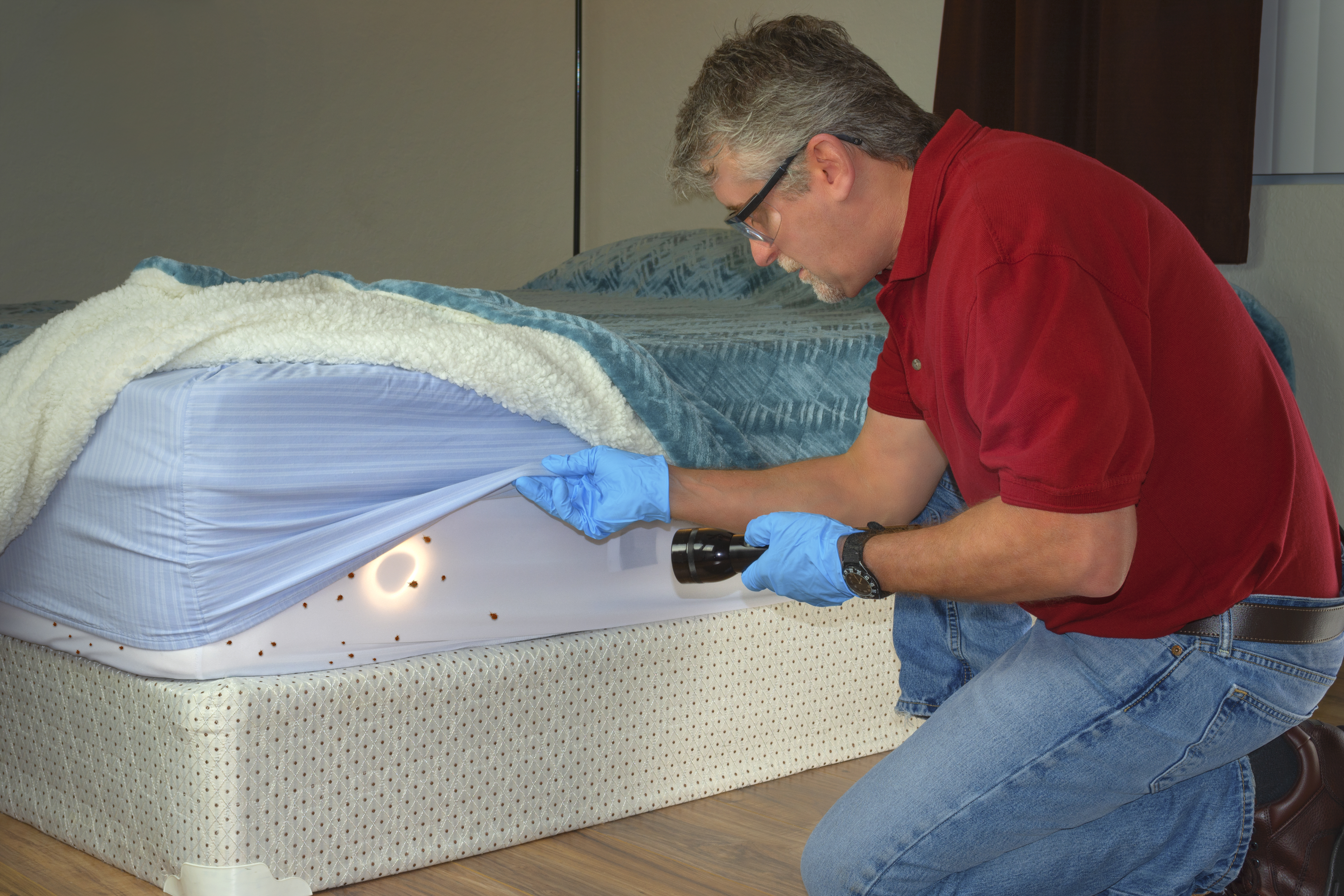Despite the N30 million allocation for termite control four years ago, there is no evidence that anything has been done to eradicate the destructive insects that are threatening to ruin the school.
In 2017, the Ekiti State government allocated a N30 million budget to termite control at Osi Community High School in the state’s Osi Ekiti District.
However, a UDEME investigation found that the government has made every attempt to control the destructive insects as classrooms and other buildings in the school are either in ruins or on the verge of collapse.
The dilapidated condition of the school is now of great concern to the students and staff of the school, who informed the UDEME that the dilapidated condition of the buildings poses a serious health and safety risk.
When this reporter visited the school, the devastation of the insect was visible from the main entrance.
The termites had eaten almost all the trees that you encounter down to their roots when entering the school. They had built huge mud nests everywhere the eye could see – the infestation starts from the gatehouse to the director’s office – no standing building in the school was spared.
Several of the school’s classrooms had been abandoned because termites had not only eaten their doors and frames, but the roofs had not been spared from their attacks either. The school administration decided that it was best to evacuate the students from them as they feared that the roof of the classroom could collapse at any time.
“This is a learning environment where we keep books and other very important materials. The termites are in our teachers’ rooms and classes. See the marks of them on the wall. If there is a lot of cement on the wall, we don’t know “What goes on in the roof, which is made of wood. Termites mostly eat wood. That thing (roofs) can fall off at any time,” Lawrence Ogunleye, who teaches biology, told UDEME.
destructive
According to Orkin, a pest control company, termites are better in hot climates like Nigeria than in colder climates.
Formosa termites can “cause extensive damage to a home in less than six months in a location with ideal climate and other conditions,” the company said on its website.
Termites are responsible for severe damage to infrastructure due to their feeding activities.
Termites feed on the cellulose contained in wood, which can be found in the roofs, wooden door frames and window frames of buildings. The United Nations Environment Program (UNEP) reports that Africa has the most species of termites.
Although there is no credible data on the losses from termite attacks in Nigeria, reported cases of termite attacks in the country are increasing.
Disaster waiting to happen
Mr Ogunleye said despite the school authorities’ efforts to get rid of the pests, they had breached the structural integrity of the school’s buildings and he feared some of them could soon collapse.
True to Mr. Ogunleye’s concern, this reporter observed that the roofs of some rooms in Osi Community High School sagged and grains of sand occasionally cascaded off.
The school had no choice but to leave some of the classrooms, laboratories, and common areas for fear that their roof might suddenly collapse.
The school’s principal, Abiodun Aladelesi, said the termites had resisted the school’s best efforts to get rid of them.
“There was a time when we fumigated the place and the rooms, but the termites are still doing their job,” he said.
N30 million budget for termite control
In 2017, the Ekiti State government budgeted N30 million to renovate termite-infested buildings at Osi Community High School. Four years later, the school staff say nothing was done to eradicate the termites.
It is not clear whether all funds have been disbursed.
“I wasn’t the headmaster until about 2018 so I don’t know about it. There is no evidence that the government helped us. We need help to eradicate the termites because over time they cover all the rooms in this building becomes.” . The school has a lot of certificates in the closets and other places. We don’t want termites to destroy them, “said Mr Aladelesi.
Gbenga Okinni, the registrar who said he had been in school for seven years, also claimed there had been no government intervention to clear the infestation.
“There isn’t a single classroom here without termites, and even the teachers’ rooms are termite infested. Our life is in danger. What if one day the roof collapses? You must have seen the rundown classrooms there. So the students cannot stay there. There are very few courses left that we manage for the students, ”he said.
While walking around the school, this reporter saw an abandoned building whose roof had collapsed. The devastation caused by the termite infestation was so great that only a few classrooms in which the students are cramped can be used.
On the edge of the school stood an unfinished building that appears to be the main residence of the termites.
Although termites cannot destroy concrete, the building’s pillars have been demolished and some broken. Termite mold was found on these broken pillars and on the roof of the building.
Next to the unfinished building was another abandoned building that this reporter learned had previously served as a four-classroom block. Like most of the school’s buildings, this building was ravaged by termites from roof to foundation.
Cosmetic solution
Instead of finding a permanent solution to the termite infestation, the state government appeared to be interested in a cosmetic solution to the problem.
A newly painted cream-brown building stood out on the school grounds. But upon closer observation by this reporter, it immediately became clear that the building was not spared from termites either.
The furniture in the building that houses some abandoned laboratories has all been eaten by termites and is already decaying.
“They just painted it. It’s one of our old buildings. They didn’t deal with termites at all. They didn’t renovate the destroyed laboratories and warehouses. They just painted the building and it was commissioned by Olusola in 2018 Eleka, the immediate former deputy governor, “said a schoolteacher who refused to give her name because she feared becoming a victim.
Mr. Ogunleye said, “Students are no longer taught science in practice.”
Expert offers a solution
Meanwhile, Aina Kehinde, a research fellow at the Forestry Research Institute of Nigeria (FRIN), stated that greed, nonchalance and a lack of advice were the reasons for the termite infestation, especially in Nigeria.
Sign up for AllAfrica’s free newsletters
Get the latest news from Africa delivered to your inbox
Success!
Almost finished…
We need to confirm your email address.
To complete the process, please follow the instructions in the email we just sent you.
Error!
There was a problem processing your submission. Please try again later.
He said that contractors typically run projects with substandard materials and minimalist effort. This comes back to homeowners later in the future.
“The first is to test the soil. If you test your soil, you can see the type of termites in a given area,” he said.
“The wood depends on the type of termite. There are some types of wood that termites cannot touch. Of course they have an extract that makes them termite resistant, for their own benefit, they will be using wood which is not very good, which termites can eat very quickly, ”he added.
Mr. Kehinde then offers a solution for the termite infestation similar to the one at Osi Community High School. He said the solution is to remove the forest in the building.
“First we have to remove it. The solution is to remove the wood. Then we’re going to treat the entire area. We’re going to treat the buildings with some anti-termite chemicals. They are using either high density wood or chemically” modified wood to build all the roofs. We have to completely remove the roofs because if you just replace a few the termites will still eat it, ”he said.
Government response
The Ekiti State government did not respond to a letter for comments.
The country’s Ministry of Education, Science and Technology did not even take notice of the letter.
This report was written as part of the UDEME project.








